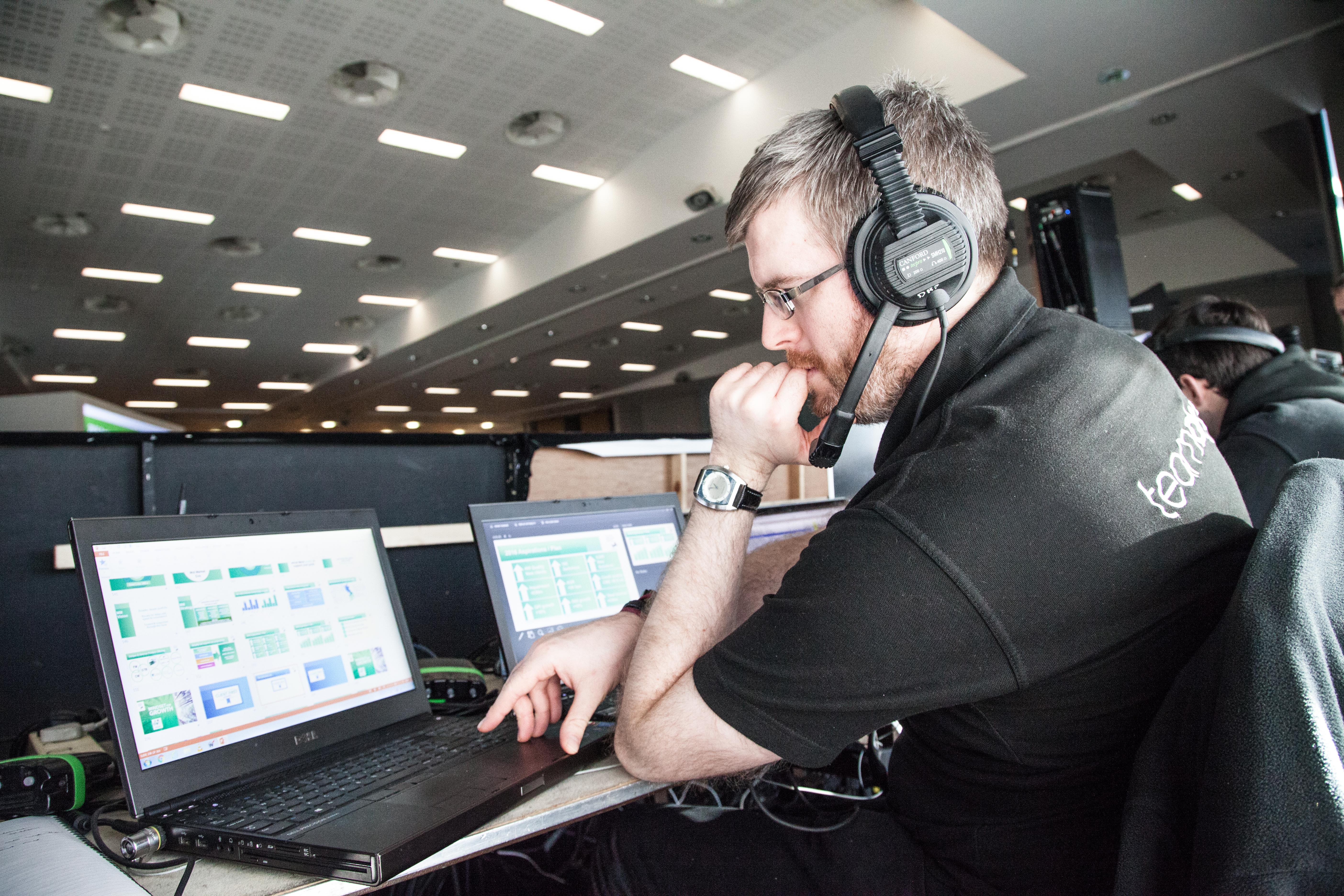In previous blogs we have looked extensively at the effect employee engagement and wellbeing has on your organisation and the benefits of having a fully engaged team. With all employees under one roof, it can be pretty easy to ensure prioritisation of their wellbeing. However, a blended workforce will see them under many roofs, at many different times, meaning checking up on each and every one of them may be an impossible task. Here’s 10 ways you can ensure wellbeing is prioritised with a blended workforce.
Beware of the burnout!
No matter which working model your team choose to use going forward, it’s important to watch for signs of burn out. In 2016/ 2017, five million working days were lost due to work related stress, depression or anxiety. We humans are a proud bunch, and it’s not often we’re willing to admit that we’re struggling and ask for help. Does an employee seem withdrawn, irritable and producing lower quality work? Ask them if they’re ok and encourage them to book a few days off to recharge. If they’re refusing this due to having too much work on their plate, help them distribute some of this workload onto less busy team members.
Keep that dialogue flowing
Following on from the above, it’s important that everyone remains connected, especially when it comes to being informed of business objectives. Being the last one to find out offices are being closed or relocated, new policies are coming into play or that there was a colleague get-together can make individuals feel unappreciated, unrecognised and replaceable. Whether it’s group catch-up calls, hybrid team meetings or announcements on your workplace hub, keep every single one of your employees in the loop and encourage collaboration and conversation.
Multiple breaks a day keep the boredom at bay
When working outside of the office or on reduced hours, it can be difficult to maintain regular breaks, or even to know when to take them. One of the perks about working in-office is that you can take a break with your colleagues, but in instances where a colleague isn’t around, it can make breaks seem a little unappealing… However without those breaks, attention span, morale, mental health and work quality can deteriorate. Remind your employees of the importance of taking regular breaks, and that they shouldn’t feel guilty for taking these either!
Put mental health first
Approximately 1 in 4 people in the UK will experience a mental health problem each year. Having a practice in place where employees can anonymously reach out for help if need be is vital. Whether this is an app, survey, designated team member or intranet feature, having a place where colleagues can reach out and ask for help, talk about any mental health issues and feel safe could save a life. Sometimes, we need that layer of anonymity to help us take the first step and when ready, there should be an option for the employee to reveal their identity once they feel comfortable enough to do so.
Actively use your reward and recognition scheme
Continue recognising the hard work your employees are doing, including freelancers, contractors and those on temporary or seasonal contracts. If a piece of work completed by someone who is currently not contracted for you has received more recognition, let that employee know. Read our blog on how to engage employees through reward and recognition.
Be management of the year material
Poor management can have a detrimental effect on employee welfare. Take time to communicate and listen to your employees, remember that everyone is trying their best, and that patience and understanding are key. Be a leader that your team look to for guidance. However, if you find that you’re struggling, don’t be afraid to reach out to other managers for advice.
Re-inventing the commute
While we usually look back at the dreaded commute and think of traffic jams, lack of indicators, stuffed trains and late busses, it’s also a time where you have a quick catch-up with your friends, colleagues and even strangers. This lack of social interaction can have a huge impact on mental health, especially for those working remotely. It’s important for those who will no longer have to deal with the trip to and from work daily to take that time to converse with employees across the business instead of diving straight into the task at hand. Encourage social interaction between colleagues within that ‘happy hour’ period at the beginning of the day and don’t see this as a wasted hour! This time for conversation can result in fresh ideas, solutions to last-minute issues and cross-department collaboration taking place to provide new and exciting offerings for clients.
Update those diaries
Always remind your employees to keep their diaries updated and shared with the team. A cluttered, out-dated diary can cause an employee to become overwhelmed and anxious – especially if they’ve wasted time on a meeting no longer taking place or completing work that is no longer needed. Similarly, others having access to your day means that if an opening appears, they can bring booking times forward to get that final product over to the client sooner. An easy way to reduce work anxiety is to keep that work calendar updated regularly and have all the materials available the night before. Encourage your team to redistribute jobs to other colleagues if their calendars are too full. Remember: quality over quantity!
Encourage housekeeping
Ensure your employees are working in a clean, un-cluttered environment. Cluttered surroundings often mirror a cluttered brain. The average person wastes up to 4.3 hours a week looking for papers, which causes even more mess and panic. Taking time to clean your office space and momentarily stepping away from your work will decrease stress, help de-clutter your brain and can even aid that eureka moment that resolves a problem you may be dwelling on.
Team wellness days
Just because everyone isn’t in the office together doesn’t mean you shouldn’t host fun days out for your team – especially after the year we’ve had! Give your team plenty of time in advance when booking your fun day out to ensure they can make it, and don’t forget to include those temporary, freelance and part timers too. It’s important everyone gets involved, remembers why teamwork is important and keeps building up those relationships. Some of your team might not even have met in person before, and a day of fun, wacky activities is the perfect way to dash that awkwardness of meeting for the first time. By doing this, it eradicates a lot of anxiety within your team and can really boost employee morale.
Get prepared for the blended workforce model with our latest blog: How to prepare for a blended workforce and share your top tips for prioritising wellbeing with a blended workforce over on our social pages.
/DRPG%2045th%20Anniversary/DRPG%2045th%20White%20-%20No%20Text.png)


 Back
Back

/Blog%20Images/AEO%20SEO%20-%20Digital%20Blog.jpg)



